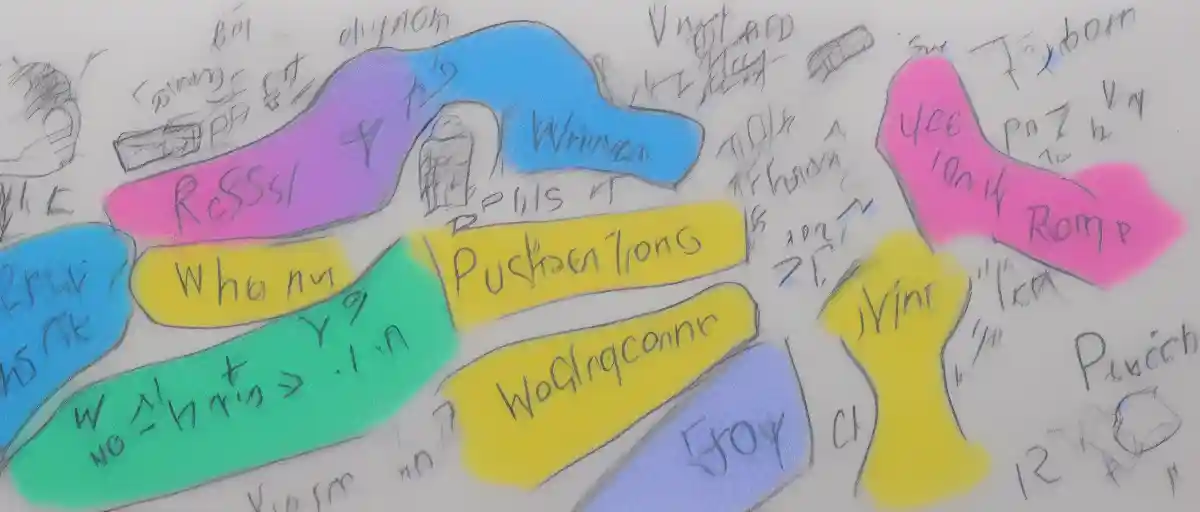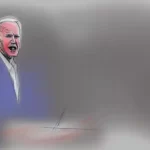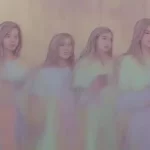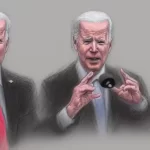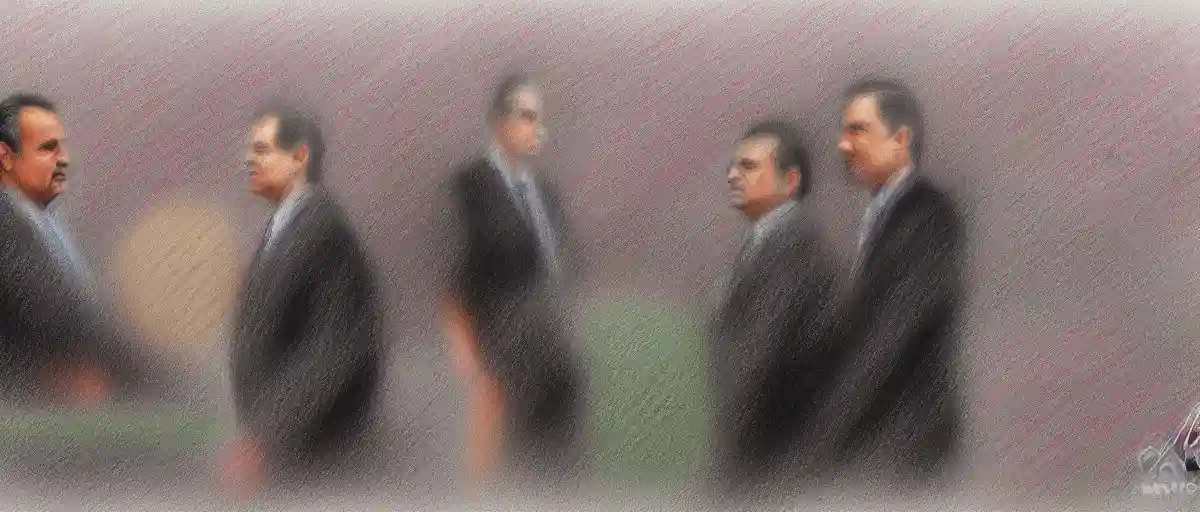This Might Catch Your Attention Too:
Wisconsin Assembly has recently passed a bill on Thursday that would require schools in the state to teach phonics as a primary method of reading instruction. While phonics has been used for decades as one of the ways to teach children how to read, research suggests that there is no one-size-fits-all approach to reading instruction. Phonics can be effective for some students, but it is not a panacea for all reading difficulties.
Supporters of the bill claim that phonics instruction can be particularly helpful for children with dyslexia or other reading difficulties, and they believe that the bill will improve literacy rates among Wisconsin students, which have been declining in recent years. However, using phonics as the primary method of reading instruction may not be beneficial for all students. Not all children learn in the same way and forcing a one-size-fits-all approach to reading instruction may further marginalize some students.
Opponents of the bill argue that it is an unnecessary and potentially harmful intervention. They claim that it represents a political effort to micromanage education policy, rather than a well-researched response to the needs of Wisconsin students. Some argue that the focus should be on supporting teachers and giving them the freedom to choose the appropriate method for individual students instead of forcing them to use a specific method.
Final word, while phonics can be effective for some students, requiring schools to use phonics as the primary method of reading instruction may not be the most effective solution for all students. It is essential to consider the needs of different learners and not force a one-size-fits-all approach to reading instruction. Education policies should be based on sound research and evidence in order to provide the best possible outcomes for students.
Here's A Video We Thought You Might Also Like:
Author Profile

- I'm a culture writer with an appetite for the arts, and I also explore the political dimensions of cultural phenomena. From film to literature, I delve into how art can reflect and shape political ideologies.
Latest entries
 Breaking News2023.12.13Overpowering Poll Results Democrats Turn on Biden with Growing Support for Impeachment Inquiry
Breaking News2023.12.13Overpowering Poll Results Democrats Turn on Biden with Growing Support for Impeachment Inquiry Breaking News2023.12.09Scathing Letter Sparks Debate Is Diversity Undermining Academic Excellence
Breaking News2023.12.09Scathing Letter Sparks Debate Is Diversity Undermining Academic Excellence Breaking News2023.12.03Christians Question the Role of AI in Church What Does the Future Hold
Breaking News2023.12.03Christians Question the Role of AI in Church What Does the Future Hold Breaking News2023.12.02Striking Revelation Senator Claims President Biden’s Impeachment Inquiry is Crucial for the Nation’s Future
Breaking News2023.12.02Striking Revelation Senator Claims President Biden’s Impeachment Inquiry is Crucial for the Nation’s Future
